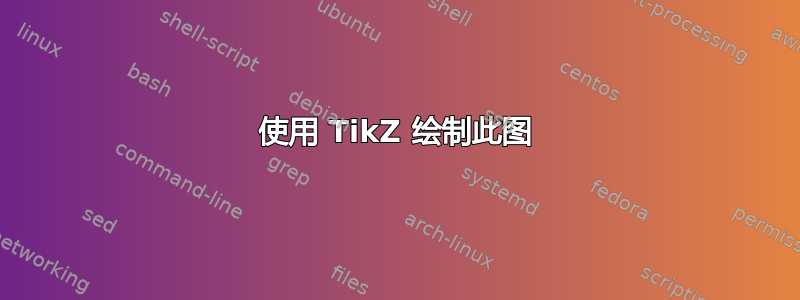
我尝试过pgfplots。
\documentclass[border=1.5mm,12pt]{standalone}
\usepackage{pgfplots}
\begin{document}
\begin{tikzpicture}
\begin{axis}[
axis line style = very thick,
axis lines = center,
xlabel=$x$, ylabel=$y$,
xtick = {-1,0,...,4},
ytick = {-1,0,...,4},
xmin = -0.5, xmax = 5.5,
ymin =-0.5, ymax = 4.5,
]
\node at (axis cs:-0.25, -0.25) {$A$};
\node at (axis cs: 4.25, 0.25) {$B$};
\node at (axis cs: 4, 3.25) {$C$};
\node at (axis cs: 0.15, 3.25) {$D$};
\node at (axis cs: 0.2, 1.2) {$M$};
\node at (axis cs: 3, 3.25) {$K$};
\addplot[very thick,mark=*] coordinates {
(4 ,0) (4,3) (0,3) (0,0) (0,1)
};
\addplot[mark=*,very thick] coordinates {
(0,0) (3,3)};
\addplot[very thick,mark=*] coordinates {
(4,0) (0,1)};
\end{axis}
\end{tikzpicture}
\end{document}
如何用 绘制它TikZ?
答案1
如果您首先放置所有坐标,其余部分就非常简单了。
像这样:
\documentclass[border=2mm,tikz]{standalone}
\begin{document}
\begin{tikzpicture}
% coordinates
\coordinate (A) at (0,0);
\coordinate (B) at (4,0);
\coordinate (C) at (4,3);
\coordinate (D) at (0,3);
\coordinate (K) at (3,3);
\coordinate (M) at (0,1);
% axes
\draw[-latex] (-0.5,0) --++ (5.4,0) node [above] {$x$};
\draw[-latex] (0,-0.5) --++ (0,5.4) node [right] {$y$};
\foreach\i in {1,...,4}
{
\draw (\i,-0.1) --++ (0,0.2) node [yshift=-4mm] {$\i$};
\draw (-0.1,\i) --++ (0.2,0) node [xshift=-4mm] {$\i$};
}
% lines
\draw[thick] (A) rectangle (C);
\draw[thick] (A) -- (K);
\draw[thick] (B) -- (M);
% points
\fill (A) circle (1.5pt) node [below left] {$A$};
\foreach\i in {B,C,D,K,M}
\fill (\i) circle (1.5pt) node [above right] {$\i$};
\end{tikzpicture}
\end{document}
答案2
Juan Castaño 答案的近似渐近线版本。
编译于http://asymptote.ualberta.ca/
unitsize(cm);
// coordinates
pair A=(0,0),B=(4,0),C=(4,3),D=(A.x,C.y);
pair M=(0,1),K=(3,3);
// axes
draw(Label("$x$",Relative(0.98),LeftSide),(-0.5,0)--(5.4,0),Arrow(TeXHead));
draw(Label("$y$",Relative(0.98)),(0,-0.5)--(0,5.4),Arrow(TeXHead));
for (int i : new int[]{1,2,3,4})
{
draw(Label((string) i,BeginPoint),(i,-0.1)--(i,0.1));
draw(Label((string) i,BeginPoint),(-0.1,i)--(0.1,i));
}
// lines
draw(box(A,C));
draw(A--K);
draw(B--M);
dot("$A$",A,dir(-135));
dot("$B$",B,dir(45));
dot("$C$",C,dir(45));
dot("$D$",D,dir(45));
dot("$K$",K,dir(45));
dot("$M$",M,dir(45));




